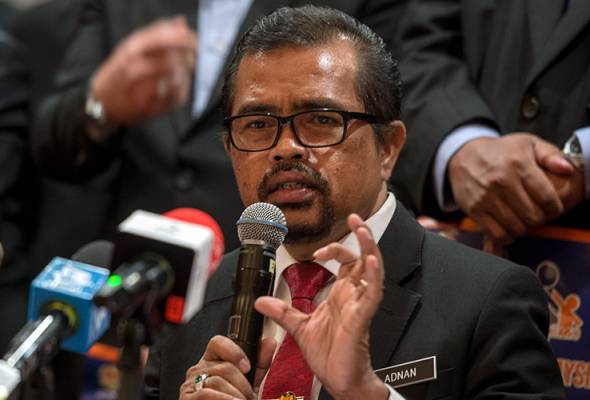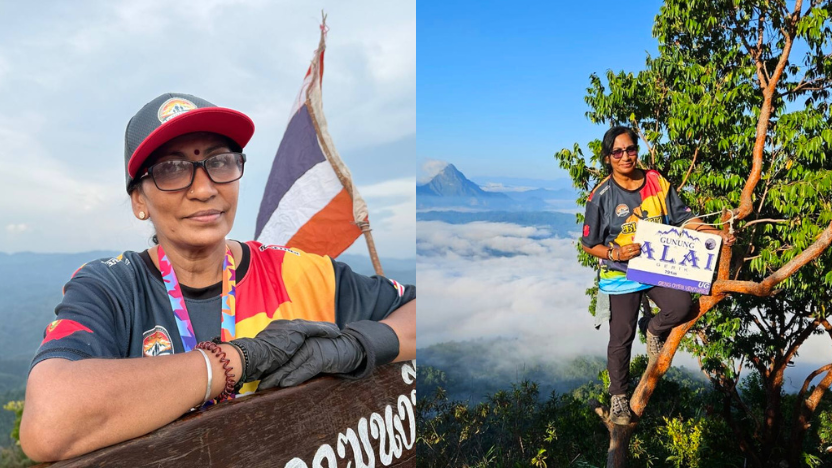Konflik sempadan: Thailand letak tiga syarat, Kemboja perlu isytihar gencatan senjata dulu; FAM lapor polis cari dalang palsu dokumen; Kampung tradisi Melayu di Wilayah Persekutuan akan terus dipelihara - Hannah
| SELASA, 23 DISEMBER 2025 - 02 REJAB 1447 H |
| | | | | Mahkamah Tinggi menolak rayuan bekas Perdana Menteri, Datuk Seri Najib Razak untuk menjalani tahanan rumah.
| | BACA DI SINI |
|
| | | | | | |
|
|
| Thailand-Cambodia tensions escalate into an energy-driven crisis as the ceasefire collapses, displacing 700,000 people and crippling trade. Tunku Nashril Abaidah Pensyarah Kanan Fakulti Pengajian Sains Pentadbiran dan Pengajian Polisi, Universiti Teknologi MARA (UiTM) |
|
| | |
|
Dapatkan berita terkini di sini | | | | | 1 in 3 Malaysian adults are overweight or obese, also one of the highest obesity rates in ASEAN. Additionally, obesity-linked NCDs are already costing the economy billions in lost productivity each year. With Obesity Management Medicines (OMMs) such as GLP-1s reshaping weight care globally and Malaysia's obesity management market projected to nearly double by 2031 - how do we integrate these therapies safely, equitably and responsibly? NIAGA SPOTLIGHT features Binh Thai, General Manager, Commercialization – Malaysia, Singapore and Brunei, Zuellig Pharma and Prof Dr Rohana Abdul Ghani, Consultant Endocrinologist and President, Malaysian Obesity Society (MYOS) for this timely conversation. |
|
| | |
|
| | | | | | | | | Your gateway to global news, insights, and stories that matter. |
|
|
|
[LANGSUNG] AWANI Live 24/7 |
|
| | |
|
Juga menarik di platform digital Astro |
|
| | | | |
|
| Email not displaying correctly? View this email in your browser Copyright © 2025 Astro AWANI Network Sdn. Bhd. 200001032668(535275-D) All Rights Reserved.
This email was sent to you at tukangpostoemel@gmail.com as part of our effort to keep you informed with the latest news through our newsletter. If you prefer not to receive future newsletters, please click 'Unsubscribe from this list' below to be automatically removed from our mailing list.
Alternatively, click tukangpostoemel@gmail.com to update your preferences.
Our mailing address is:
Astro AWANI Network Sdn Bhd
All Asia Broadcast Centre, Technology Park Malaysia Bukit Jalil, 57000 Kuala Lumpur, Malaysia Want to change how you receive these emails?
Unsubscribe from this list |
|
| | |
|
|















![🔴 [LANGSUNG] AWANI Live 24/7 🔴 🔴[LANGSUNG] AWANI Live 24/7](https://gallery.eomail1.com/662def6e-4f4c-11e9-a3c9-06b79b628af2%2F1751493248135-maxresdefault.jpg)


















